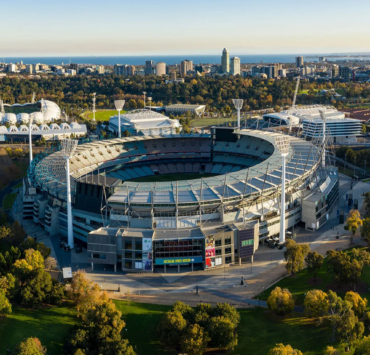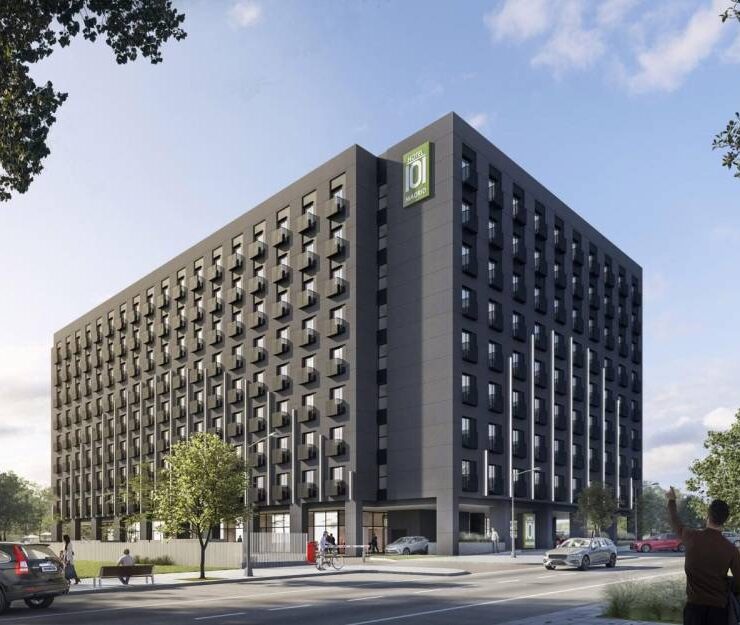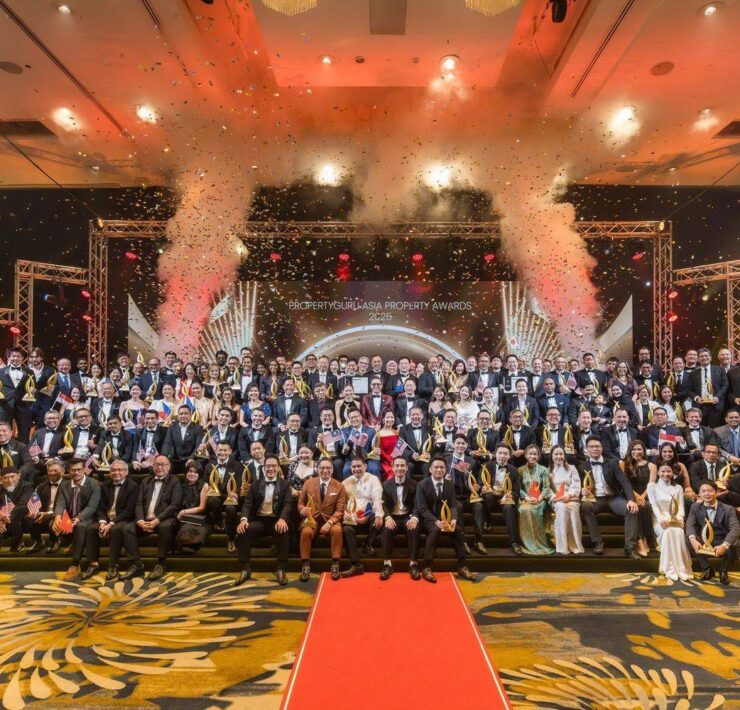How sports stadiums boost communities
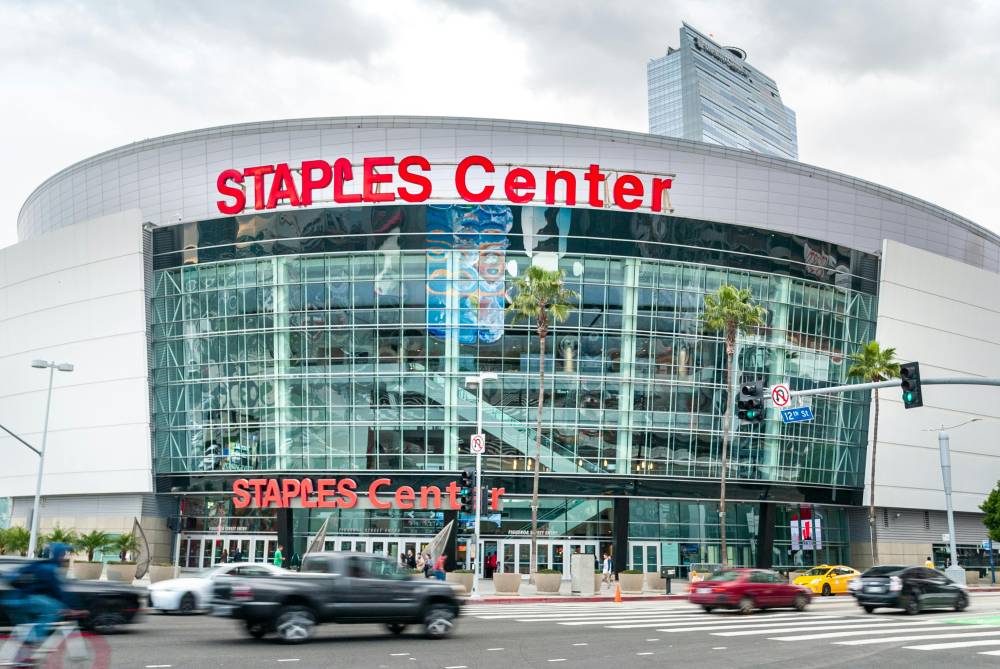
Sports unites Filipinos. Basketball, football, boxing, gymnastics, pole vaulting–you name it, Filipinos love it. Somehow, we’re all sports enthusiasts at heart.
On game days, it’s common to see the streets deserted and our countrymen glued to the television. Whether it’s the sense of pride, the thrill of competition, or the joy of victory, we all love watching a sports event unfold before our eyes.
Surprisingly though, there are only a few facilities across the country where you can train for different sports.
In particular, places outside Metro Manila lack enough venues to train our country’s next Olympians. Many athletes make do with what’s available, but they can surely benefit from better equipment and facilities given the chance.
Moreover, there are other benefits that sports stadiums bring to the community. Sports stadiums can help boost businesses, land value, and even community rapport. Today, let’s explore how sports stadiums can improve our communities for the better.
From retail centers to sports centers
In the past, developers created mixed-use communities around commercial anchor properties such as malls. With the changing times, however, companies are starting to notice other places that bring people together.
Sports is one of these few things that serve as a universal denominator. So it’s probably no surprise why developers are now turning to sports centers to create communities.
The Titletown District in Wisconsin is one of the best examples of real estate born from sports. First opened to the public in 2017, the district is centered on activities brought about by the Green Bay Packers–the local football team of the city.
The district provides shopping areas, residences, offices, and retail areas for rent and for ownership. Titletown was embraced so warmly by both locals and visitors that it became the site of the 2023 NFL Draft, bringing millions of additional revenue to the city in terms of diners, rentals, and other businesses.
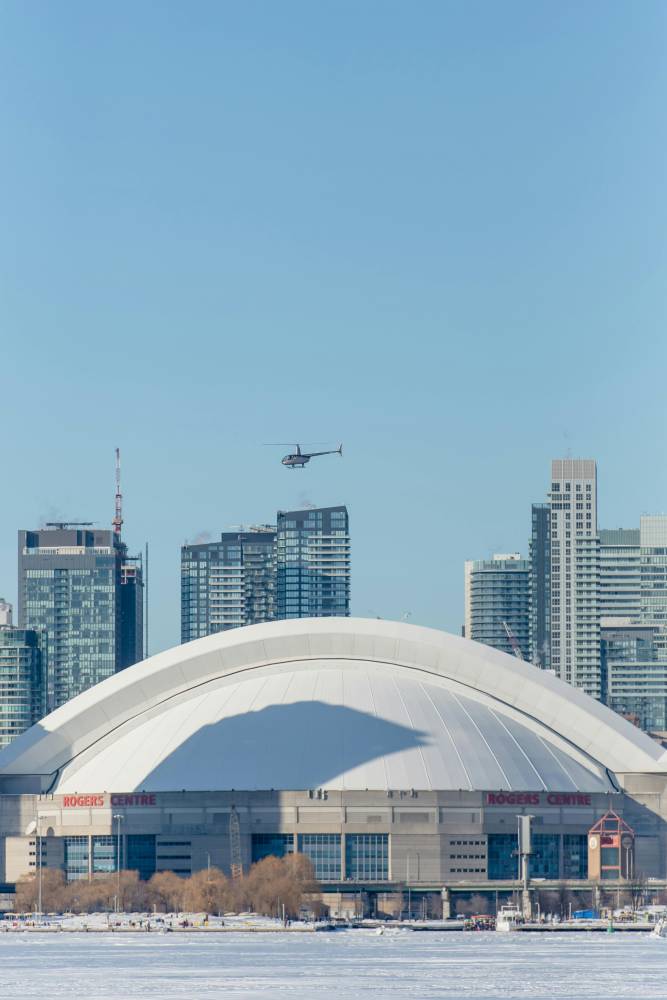
Not just sports
Sports stadiums are popular for hosting different competitions, but their use also extends to other large-scale gatherings. These enormous venues also host concerts, award ceremonies, and other exciting activities that bring in revenue to the community.
A restaurant, Airbnb home, or even a car rental facility will benefit from the huge market that is to be anticipated during large gatherings.
Another example of a sports stadium serving as an anchor property is the Crypto.com Arena (formerly known as Staples Center).
First opened in 1999, the stadium is the home court of the Los Angeles Lakers of NBA fame. The arena is frequently used for basketball games, popular concerts, wrestling matches, Esports finals, and the Grammy Awards. It is even slated to host the gymnastics competition of the 2028 Summer Olympics.
In 2005, L.A. Live, an entertainment district, was built right next to the Crypto.com Arena. The area hosted bars, restaurants, movie theaters, a museum, and a hotel/condominium tower. The district is slated to be part of the “Downtown Sports Park” group of venues for the 2028 Summer Olympics.
This area shows that even during off-season, sports stadiums can create numerous opportunities for their immediate community.
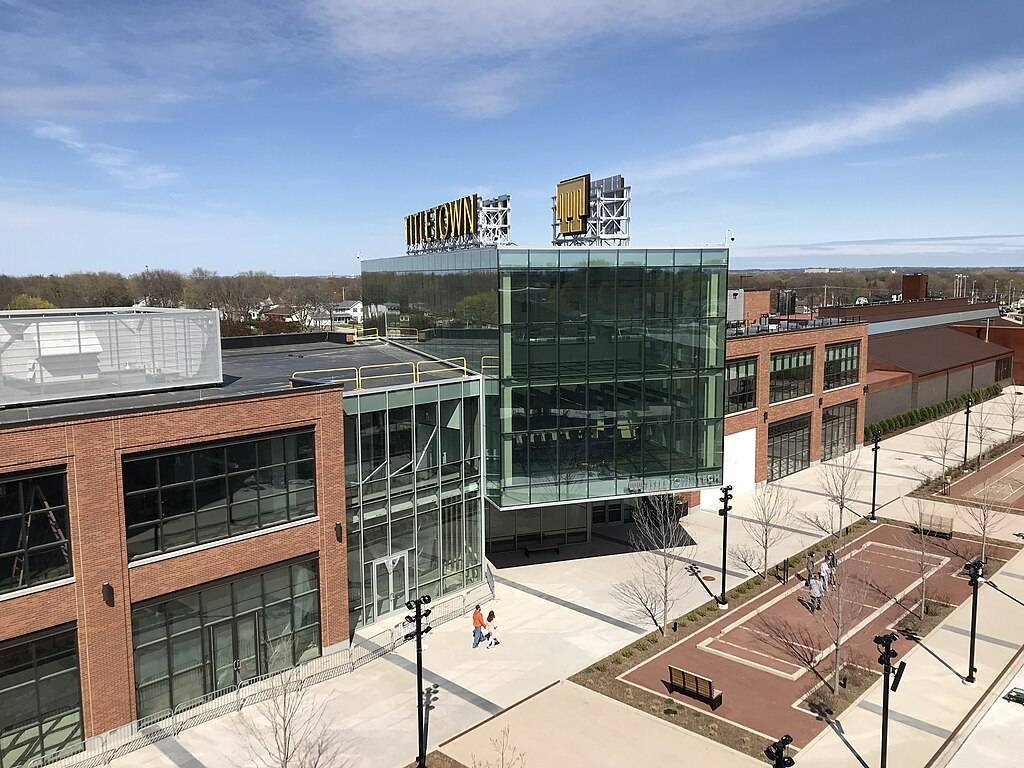
Improvement of localities
In anticipation of the high volume of visitors to sports stadiums, roads, parking areas, sidewalks, and other public facilities are constantly maintained to accommodate people.
Communities centered around sports stadiums often see an improvement in nearby infrastructure and public facilities. If you happen to live next to a sports stadium, chances are you are surrounded by wide road lanes and pedestrian lanes that ease traffic during events.
Lastly, living next to a sports stadium opens the chance for you to benefit from the influx of visitors. You can rent out your home, open a restaurant, or even sell sports paraphernalia. There are various ways you can earn a buck during game season.
While developers earn a lot with the number of people coming to town, even the little players can benefit from it. It’s a win-win situation for everyone.

Rise in opportunities, values
Overall, sports stadiums are some of the newest types of properties being used to anchor communities. Their presence in mixed-use communities provides a rise in business opportunities, land values, and infrastructure projects.
The Philippines can surely benefit from more sports stadiums being built across the country. If conceptualized together with a mixed-use estate, a sports stadium will provide exciting possibilities that can help boost local economies and improve facilities. More importantly, it will bring people from all walks of life together.
It’s time more sports stadiums were built in our country. With the creation of more arenas, we will be able to offer greater support to existing athletes and budding talents in the years to come.
Sources:
https://www.leadingre.com; Tim Gouw, David Vives and Harrison Haines via pexels.com; Willsome429 via Wikimedia Commons
A Filipino architect who has a Master's Degree in Interior Design of Commercial Spaces from IED Barcelona, Spain and with twelve years' worth of experience under the tutelage of Filipino architectural firms.















